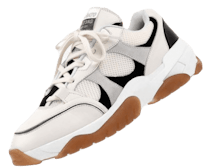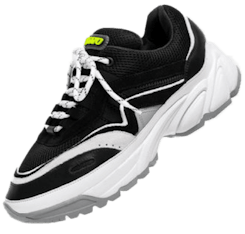How Fire Department Coffee Turned Customers Into Investors With Equity Crowdfunding
During yesterday’s webcast, Fire Department Coffee CEO, Luke Schneider, discussed how he raised $ 1.8M for his business through crowdfunding with the help of StartEngine. The webcast also included Harrison Bert, Director of Sales for StartEngine and was moderated by Wayne Bennett, SVP of Retail for ECRM and RangeMe.
For those of you not familiar with it, equity crowdfunding allows startups to raise capital by selling shares of their company to a large number of investors, typically through an online platform. It’s rapidly becoming a vehicle of choice for emerging brands looking to raise capital quickly while maintaining control of their company, and enables everyday people to get in on the game with minimal investment.
Why FDC chose equity crowdfunding
 FDC’s Schneider
FDC’s Schneider
Fire Department Coffee Is one such brand. Based in Rockford, Ill. FDC is a veteran-owned business certified by the National Veteran-Owned Business Association and National Veteran Business Development Council, that was created and run by active and retired firefighters. Each batch of its coffee is freshly roasted in the U.S.A. Schneider and his team are committed to giving back via the Fire Department Coffee Charitable Foundation, which is dedicated to supporting first responders facing physical, mental, or other …





